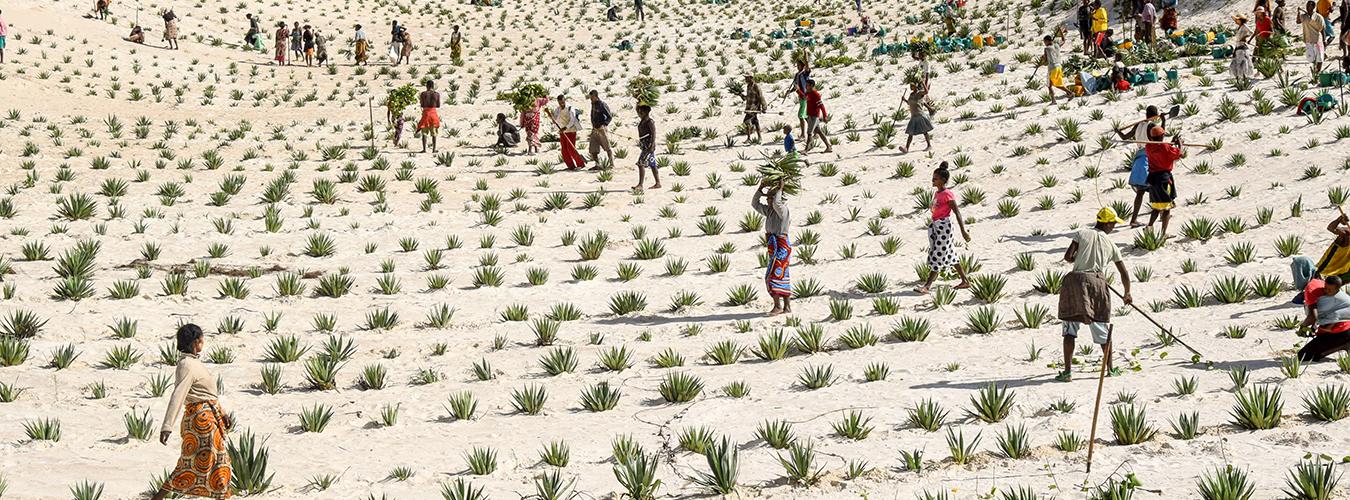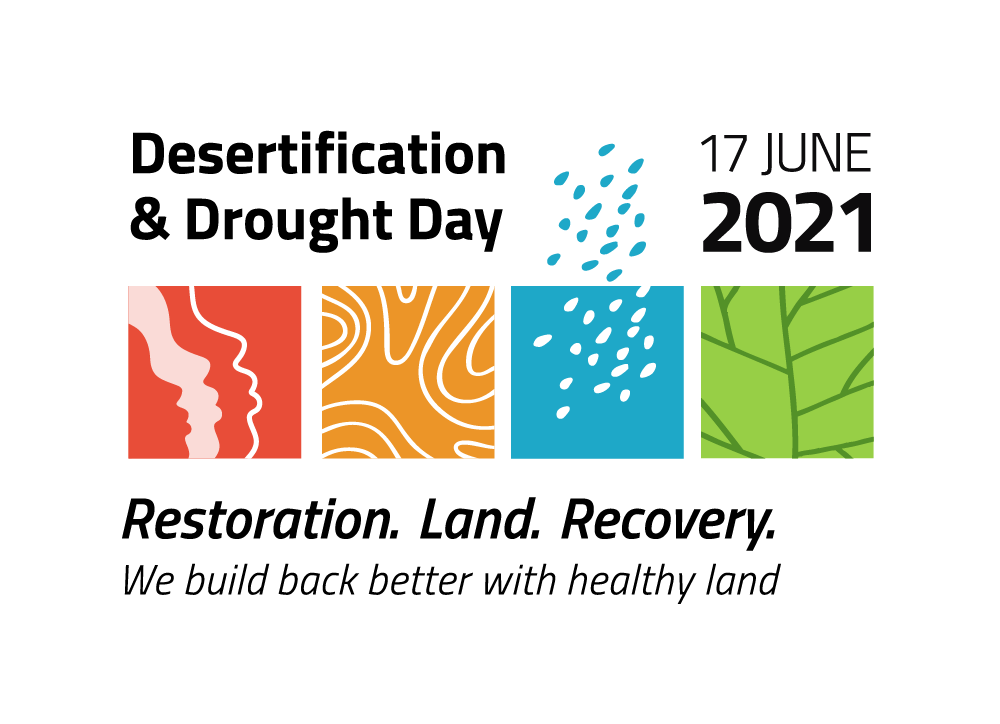 UNDP Madagascar
UNDP Madagascar
Desertification and Drought Day -- 17 June 2020
🚨BREAKING: "Within the next 80 years, 129 countries will experience an increase in drought exposure mainly due to climate change alone"@UNDRR's new #GAR2021 report shows urgent action is needed to reduce drought risk and protect lives & livelihoods.
— UN Biodiversity (@UNBiodiversity) June 17, 2021
➡️ https://t.co/Z4H5t1cC5Z pic.twitter.com/Hn7dNybauC
Combating land degradation and restoring degraded land is an urgent priority to protect the biodiversity and ecosystem services vital to all life on Earth and to ensure human well-being, livelihoods and a sustainable future.
Ecosystem and land degradation accelerated through human activities negatively impacts the well-being of at least 3.2 billion people and costs more than 10 per cent of the annual global gross product in loss of biodiversity and ecosystem services. Desertification alone affects as much as one-sixth of the world's population, 70 per cent of all drylands, and one-quarter of the world’s total land area, resulting in widespread poverty as well as in the degradation of billions of hectares of rangeland and cropland.
The main direct drivers of land degradation and associated biodiversity loss are expansion of crop and grazing lands into native vegetation, unsustainable agricultural and forestry practices, climate change, and, in specific areas, urban expansion, infrastructure development and extractive industry.
| "Unless urgent and concerted action is taken, land degradation will worsen in the face of population growth, unprecedented consumption, an increasingly globalized economy and climate change...This is our opportunity to make a real difference, let’s seize it, and commit to living life in harmony with nature." -- Elizabeth Maruma Mrema, Executive Secretary, Convention on Biological Diversity |
Existing multilateral environmental agreements provide a platform of unprecedented scope and ambition for action to avoid and reduce land degradation and promote restoration, as highlighted in Target 15.3 of the Sustainable Development Goals. However, greater commitment and effective cooperation in using and implementing these established mechanisms at the national and local levels are vital to enable these major international agreements to create a world with no net land degradation, no loss of biodiversity and improved human well-being.
The fifth edition of the Global Biodiversity Outlook outlined eight major transitions needed to slow, then halt nature’s accelerating decline and move our societies into a more sustainable co-existence with nature. One of these, the land and forests transition, aims to conserve intact ecosystems, restore ecosystems, combat and reverse degradation, and employ landscape level spatial planning to avoid, reduce and mitigate land-use change. These actions are to be undertaken while ensuring the full involvement of indigenous peoples and local communities.
The UN Decade on Ecosystem Restoration will help build momentum for ecosystem restoration globally, scaling up existing ecosystem restoration efforts, raising awareness of the importance of conservation and restoration, and building synergies between agriculture, urban development, ecosystem conservation and restoration initiatives.

More information: